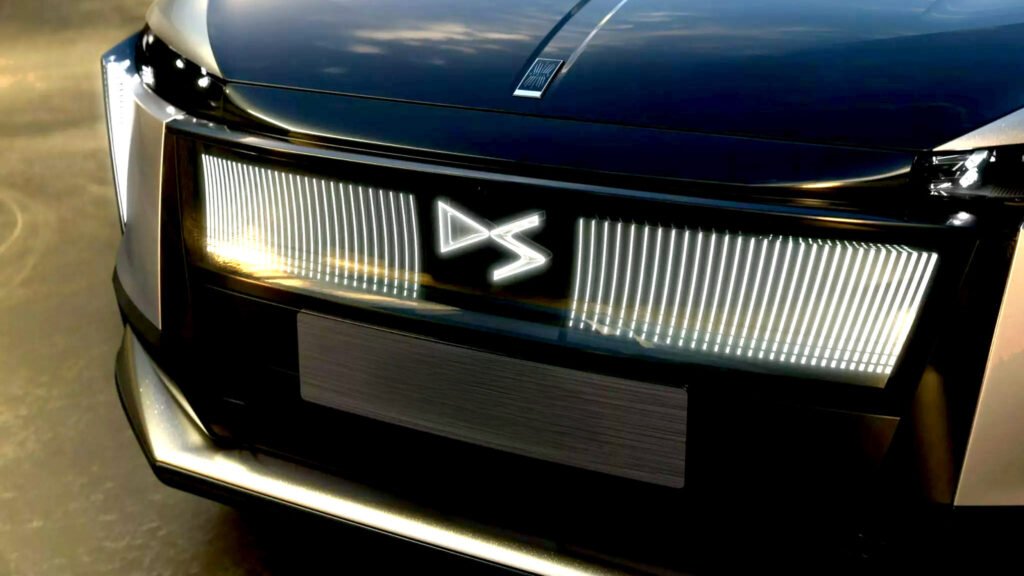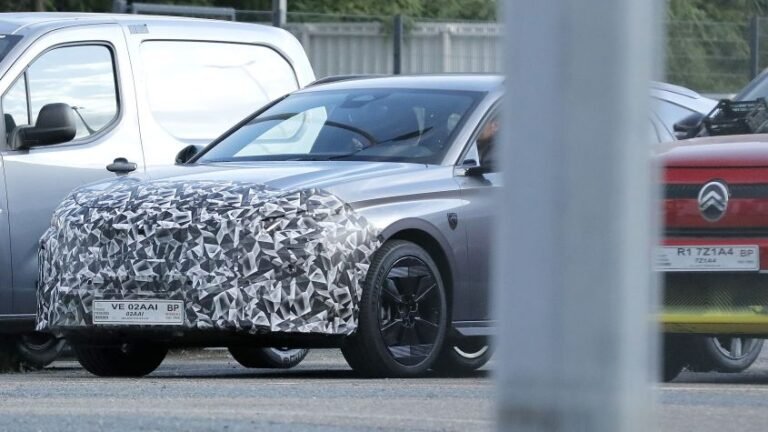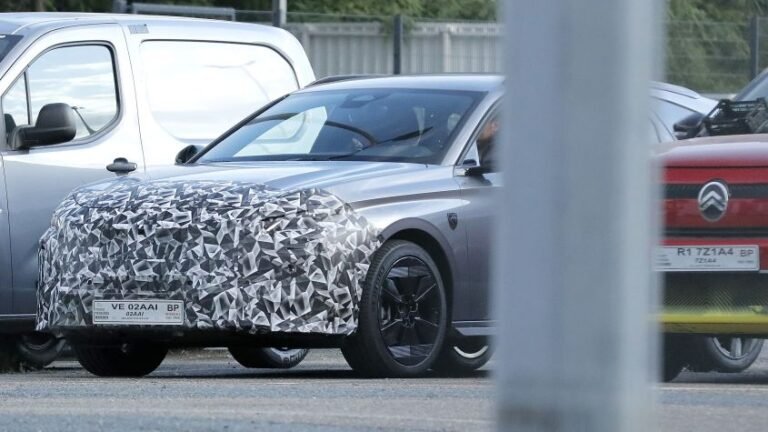

- DS Automobiles is staying open-minded about its new No8 flagship.
- The crossover launched as an EV but might not stay that way forever.
- One DS boss said it has the option of adding a combustion powertrain.
Posh Citroen spinoff, DS Automobiles, has been showing off its new flagship, a blocky-looking coupe crossover whose powertrain lineup consists solely of electric options. But a DS chief has let slip that the company is keeping its options open amid volatility in the electric car market.
When asked by Autocar at the international press drive event about the chance of the No8 being reconfigured to work with a combustion engine, DS product chief Cyprien Laurentie admitted that “it’s always a possibility.”
Related: DS No8 Breaks Cover As The New French Electric Flagship
The DS No8 currently comes with a choice of single-motor, front-wheel drive, and dual-motor, all-wheel drive power. Base versions generate 227 hp (169 kW / 230 PS) or 242 hp (180 kW / 245 PS) plus an extra 30 hp (22 kW / 30 PS) from a temporary boost function, and top-flight models make 345 hp (257 kW / 350 PS), or up to 370 hp (276 kW / 375 PS) with the boost function enabled.
Laurentie highlighted the impressive 466-mile (750 km) range as one reason the No8 required “no real compromise” on the part of its driver in its current electric-only configuration, and described it as “perfect for commuting and travelling.”
But DS has struggled for years to get a foothold in the premium market, and it isn’t above changing course if the EV-only experiment with the No8 doesn’t work. “We will keep a close eye on the market and adapt if necessary,” Laurentie told Autocar.

Adapting for combustion power wouldn’t necessarily be that complicated. The No8 is built on the same STLA Medium architecture as the Peugeot 3008, a car that takes advantage of the platform’s flexibility to offer buyers a choice of mild-hybrid, plug-in hybrid, and fully electric powertrains.
Citroen’s C5 Aircross uses the same building blocks and is also available with a mix of power options, though the PHEV’s feeble 53-mile (85 km) range looks off the pace in an era when the best plug-ins can travel 50 percent further on electric power. And having a second-rate combustion setup might not be any help to DS when it’s battling well-established premium opposition.
Do you think DS should stick to its EV guns, or would it be better to spread its bets and greenlight a hybrid model to sit alongside the current electric-only No8?
DS

